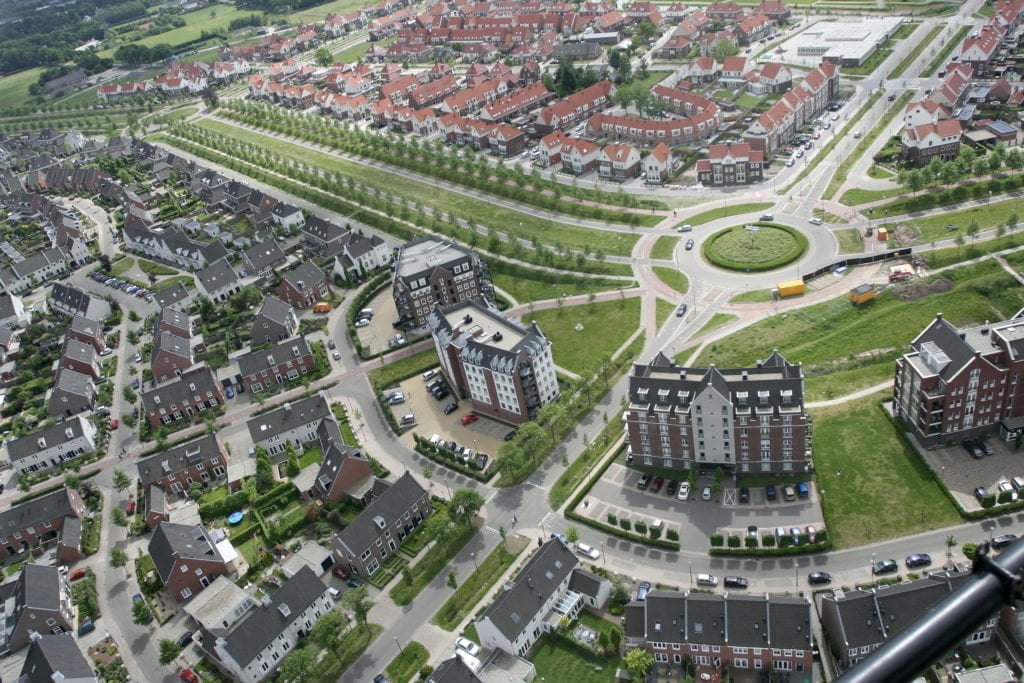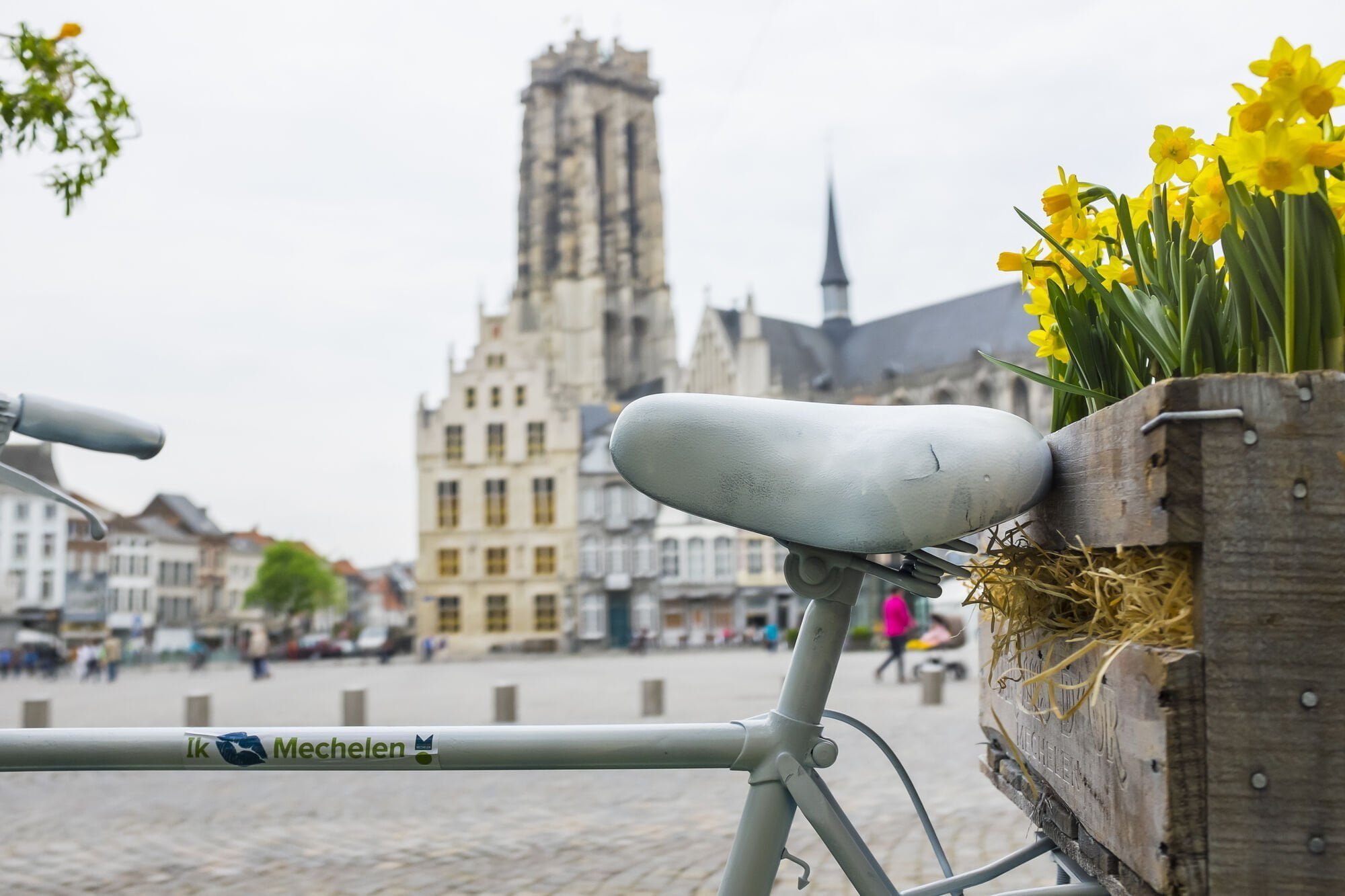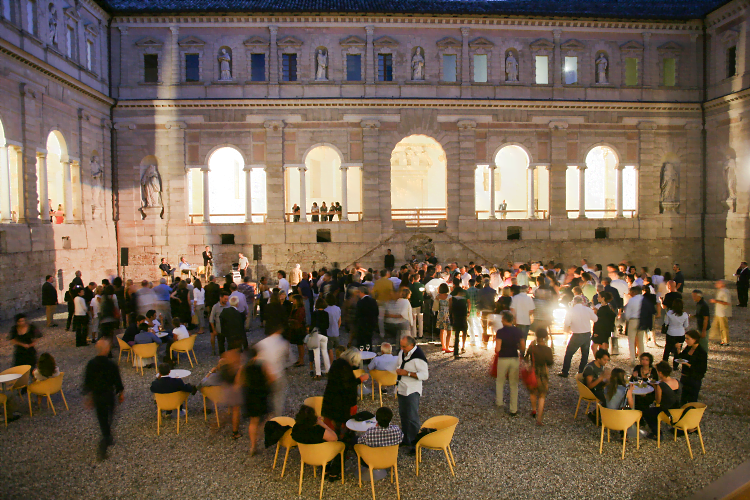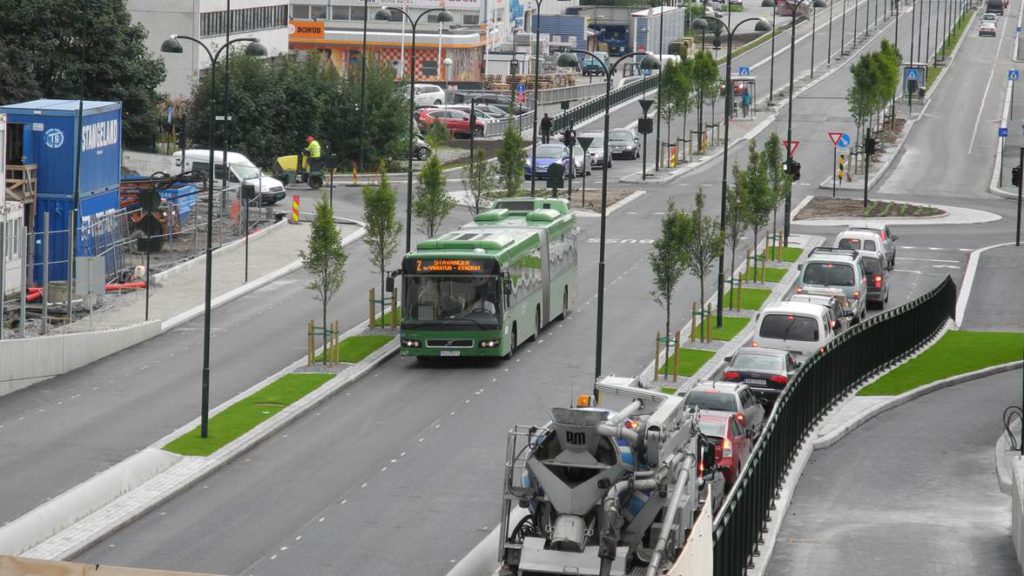POLIS SMCs shined bright at the EWRC!
On 10 October, the POLIS Small and Medium-Sized Cities (SMC) Platform organised a “Close to You” side event for the European Week of Regions and Cities, on sustainable urban mobility and the unique role that SMCs play in advancing this agenda.
Small and Medium-sized Cities (SMCs) are the ideal setting for testing and implementing new transport technologies and services to address critical urban mobility issues in the quest to deploy strategic and sustainable approaches to local development. Yet, they are not mere 'locations for innovations' and should lead in co-creating new solutions in partnership with the private sector to address their unique transport challenges and aspirations.
This was the starting point for the discussion in the event moderated by Guido Rink from the Municipality of Emmen, in his role as chair of the POLIS SMC Platform, which counted with the participation of several leading Small and Medium Sized Cities within the membership, namely Mechelen, Reggio Emilia, Stavanger, Helmond, and Turku.
The main discussion points of the session were:
- Defining sustainable mobility goals: Mobility planning is increasingly integrated with broader objectives around climate, liveability and accessibility, aiming at enhancing citizens’ quality of life, by promoting active transport like walking and cycling.
- Inclusivity and quality of life as drivers of mobility strategy: Beyond environmental goals, the cities highlighted inclusivity and quality of life as major factors in their mobility plans. Sustainable mobility contributes to quality of life, a central element in attracting new residents to SMCs.
- Citizen engagement and overcoming car dependency: A recurring theme among SMC representatives was the challenge of engaging citizens directly in sustainable mobility initiatives, particularly in overcoming car dependency.
- Technology and data in mobility planning: Helmond shared how digital tools and data insights are helping the city integrate mobility with climate goals and liveability initiatives, with their recently launched autonomous shuttle project to solve last-mile connectivity issues in its industrial areas, where public transport options are limited.
- Structural and funding challenges for SMCs: Panellists addressed the unique structural and financial challenges that SMCs face. Paolo Gandolfi pointed out that Reggio Emilia’s urban layout, heavily influenced by car-centric planning from the 1960s and 1970s, makes the shift towards pedestrian-focused spaces a significant challenge.
- Addressing rural-urban mobility gaps: The discussion also highlighted mobility solutions that bridge the gap between urban and rural areas. Runa Monstad described Stavanger’s efforts to connect rural residents with the city centre through autonomous buses funded by a combination of local and regional resources.
- Collaboration and knowledge sharing as key strategies:Guido Rink emphasized that SMCs possess a unique combination of community connection, flexible governance, and a capacity for innovation that positions them as leaders in sustainable urban mobility. The SMC Working Group continues to foster collaboration, enabling cities to implement mobility solutions that are both scalable and adaptable to different urban contexts.
The event underscored the dynamic role that small and medium-sized cities are playing in rethinking sustainable urban mobility. Through collaboration, technology, and community-focused strategies, SMCs across Europe are demonstrating that sustainable mobility is not only achievable but a vital component of a thriving urban future.
POLIS members can access the full event report in the member's area.






